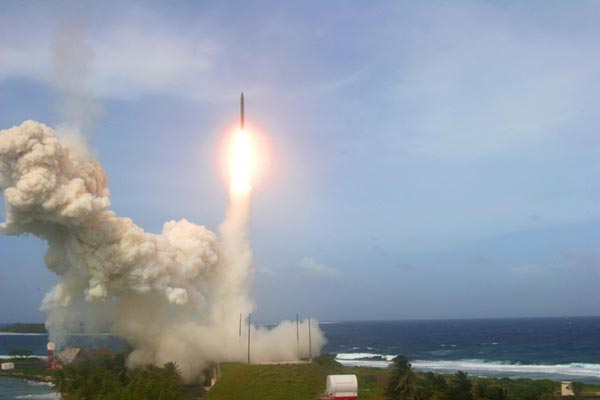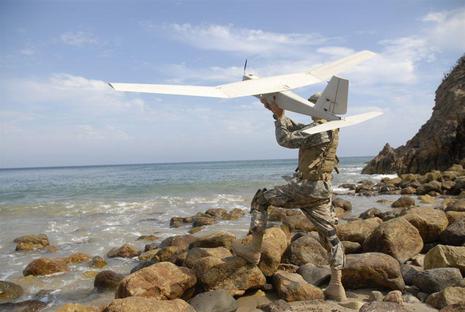In fiscal year 2011, the Missile Defense Agency (MDA) experienced mixed results in executing its development goals and Ballistic Missile Defense System (BMDS) tests. For the first time in 5 years, GAO found that all of the targets used in this year’s tests were delivered and performed as expected. None of the programs GAO assessed were able to fully accomplish their asset delivery and capability goals for the year. Flight test failures, an anomaly, and delays disrupted the development of several components and models and simulations challenges remain. Flight test failures forced MDA to suspend or slow production of three out of four interceptors currently being manufactured while failure review boards investigated their test problems.
To meet the presidential 2002 direction to initially rapidly field and update missile defense capabilities as well as the 2009 announcement to deploy missile defenses in Europe, MDA has undertaken and continues to undertake highly concurrent acquisitions. Concurrency is broadly defined as the overlap between technology development and product development or between product development and production.
While some concurrency is understandable, committing to product development before requirements are understood and technologies mature or committing to production and fielding before development is complete is a high-risk strategy that often results in performance shortfalls, unexpected cost increases, schedule delays, and test problems. It can also create pressure to keep producing to avoid work stoppages. In contrast, as shown in the notional graphic below, successful programs that deliver promised capabilities for the estimated cost and schedule use a disciplined knowledge-based approach.
High levels of concurrency were present in MDA’s initial efforts and are present in current efforts, though the agency has begun emphasizing the need to follow knowledge-based development practices. During 2011, the Ground-based Midcourse Defense, the Aegis Standard Missile 3 Block IB, and the Terminal High Altitude Area Defense experienced significant ill effects from concurrency. For example, MDA’s discovery of a design problem in a new variant of the Ground-based Midcourse Defense program’s interceptors while production was underway increased costs, may require retrofit of fielded equipment, and delayed delivery. Flight test cost to confirm its capability has increased from $236 million to about $1 billion. Because MDA continues to employ concurrent strategies, it is likely that it will continue to experience these kinds of acquisition problems.
Why GAO Did This Study
MDA has spent more than $80 billion since its initiation in 2002 and plans to spend $44 billion more by 2016 to develop, produce, and field a complex integrated system of land-, sea-, and space-based sensors, interceptors, and battle management, known as the BMDS.
Since 2002, National Defense Authorization Acts have mandated that GAO prepare annual assessments of MDA’s ongoing cost, schedule, testing, and performance progress. This report assesses that progress in fiscal year 2011. To do this, GAO examined the accomplishments of the BMDS elements and supporting efforts and reviewed individual element responses to GAO data collection instruments. GAO also reviewed pertinent Department of Defense (DOD) policies and reports, and interviewed a wide range of DOD, MDA, and BMDS officials.
What GAO Recommends
GAO makes seven recommendations to the Secretary of Defense to reduce concurrency and strengthen MDA’s near- and long-term acquisition prospects. DOD concurred with six recommendations and partially concurred with one related to reporting on the cause of the Aegis BMD Standard Missile-3 Block IB test failure before committing to additional purchases. DOD did not agree to tie additional purchases to reporting the cause of the failure. DOD’s stated actions were generally responsive to problems already at hand, but did not consistently address implications for concurrency in the future, as discussed more fully in the report.
[Download not found]











